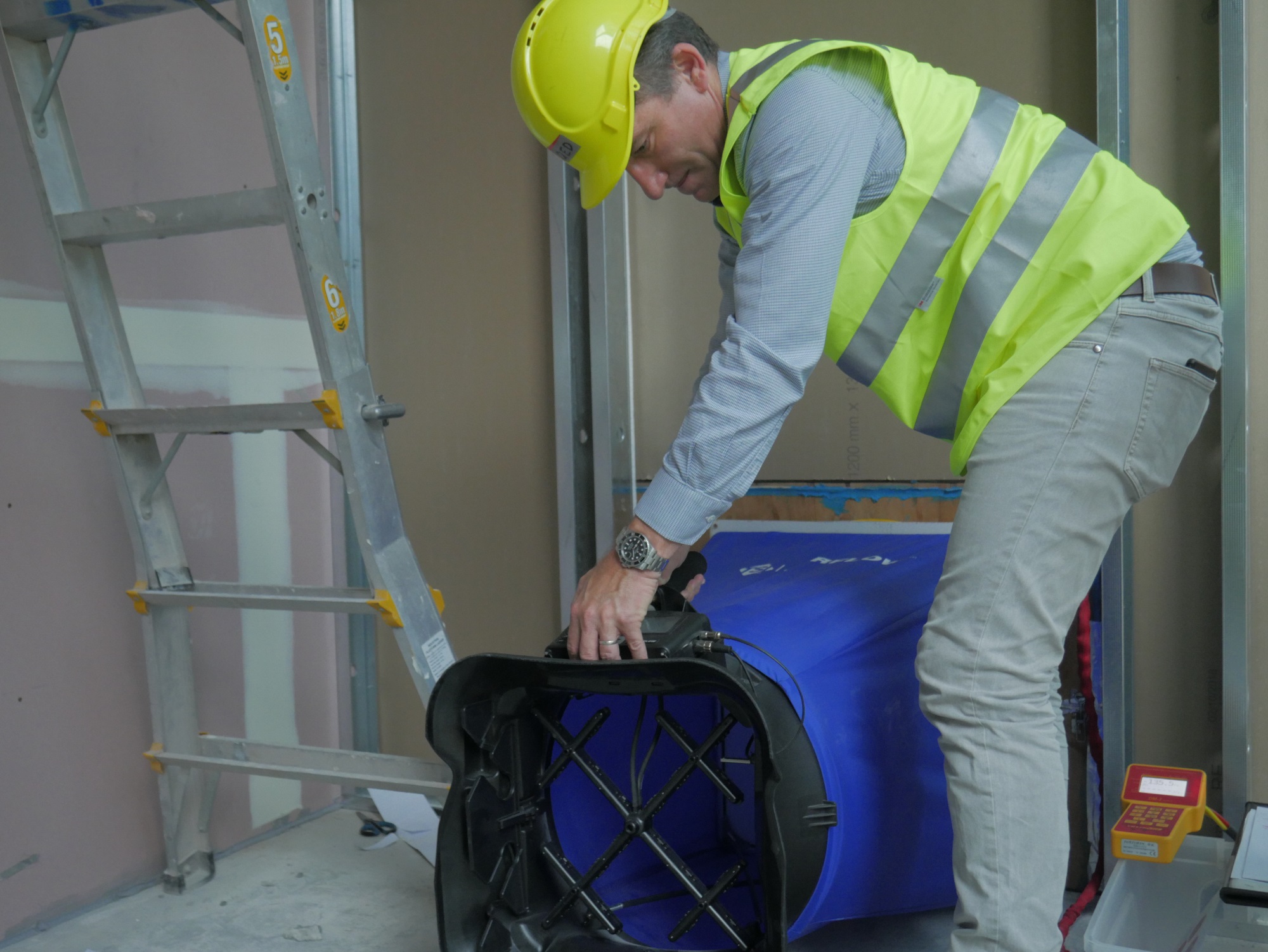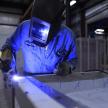
31st
Air Permeability Testing - New Office Building
by Joe Scholz, Director
I recently undertook an air permeability test on a section of facade for a new building in Perth's CBD.
The testing involved subjecting the designated area to negative pressure to see how much air would infiltrate from the outside environment into the building, in other words, testing the air tightness of the building.
We do the air permeability test by taking the air out of the chosen room using a blower fan and we then measure the pressure difference and flow rate. We can change the speed of the fan to generate greater pressure differences with increased flow rates which allows us to see a relationship in the results and to assess the leakage rate at any of the required bench marks.
Air permeability or air tightness in buildings is very important as it effects so many things. It can have a direct effect on the amount of energy the building uses and can have significant impact on the air quality also.
If you have what is commonly known as a 'leaky building' essentially you have air leaking from the top of the building due to a stack effect. That means air must be drawn in from an outside source. It can be drawn in at ground level, through the facade and window seals, which ultimately means you can be drawing polluted, unfiltered air off the street and into an office building.
For more information on air tightness testing for your building, or to book your consultation contact us today.
Categories
Recent Posts
Trichloramine and Indoor Air Quality in Swimming Pools
05th Nov
For swimmers and pool workers alike, the characteristic "chlorine smell" at indoor swimming pools is part of the experience. Howev...
Indoor Air Quality Takes Centre Stage: A New Government Report on Airborne Virus Transmission
30th Sep
The importance of Indoor Air Quality (IAQ) has gained significant attention following the release of a groundbreaking report from Australia‚...
Changes to the workplace exposure standard for welding fumes
15th Mar
On January 18, 2024, SafeWork Australia made a significant adjustment to the Workplace Exposure Standard (WES) for Welding Fume (not otherwi...

















